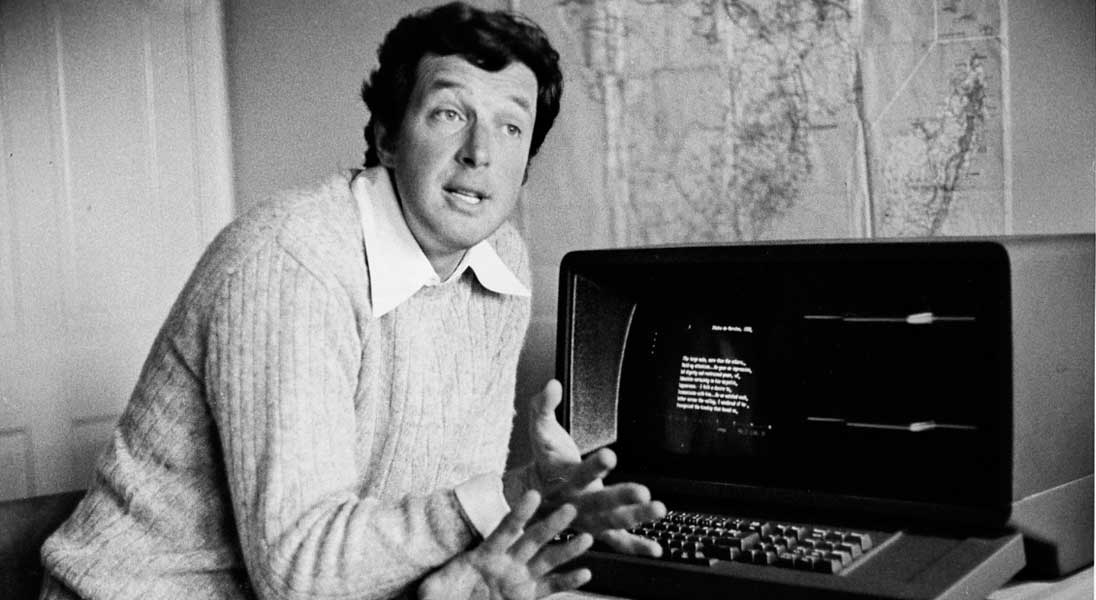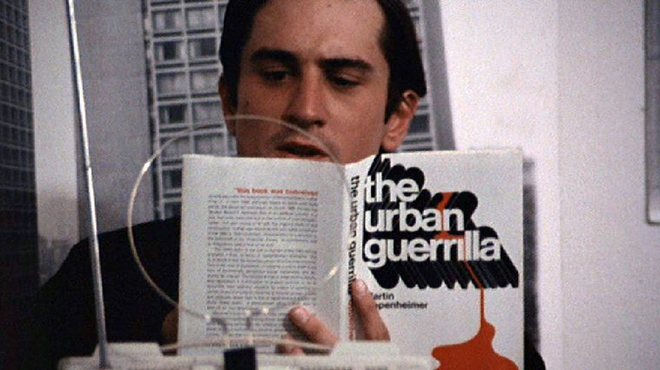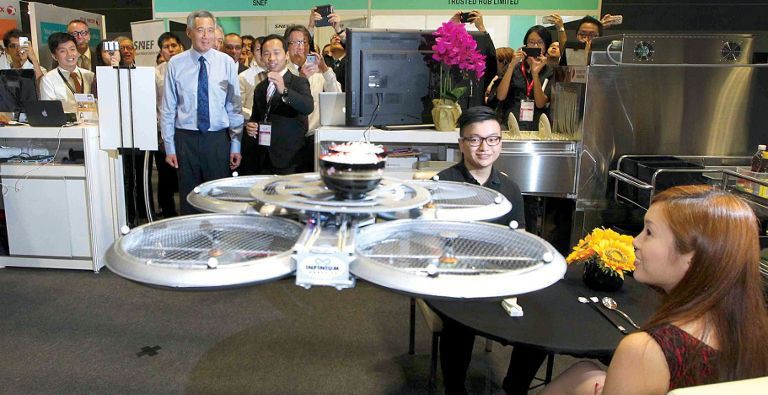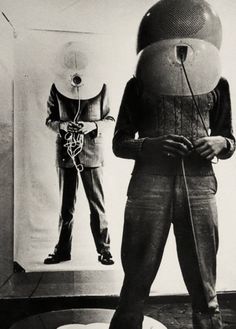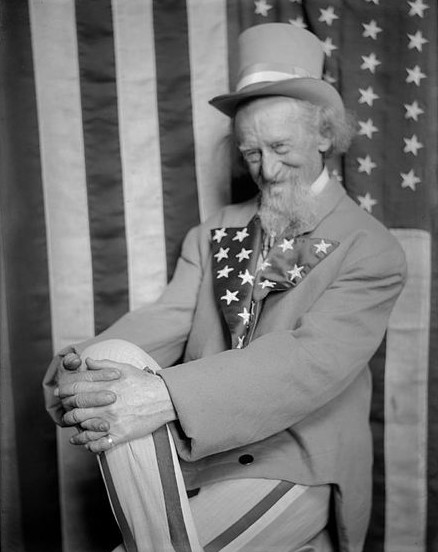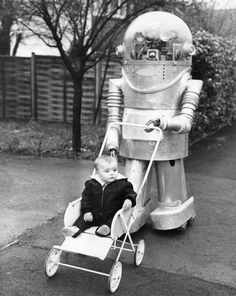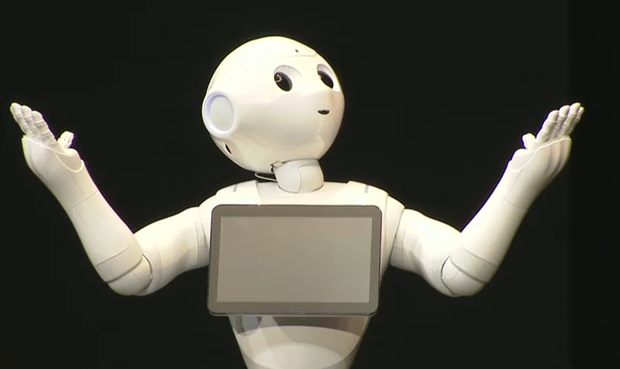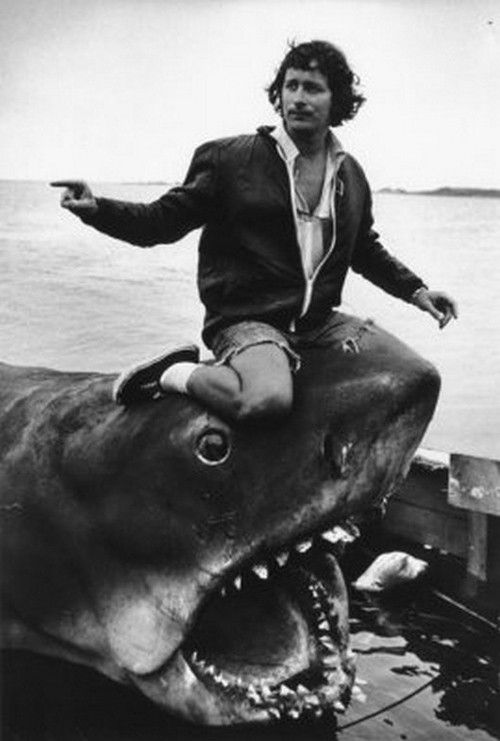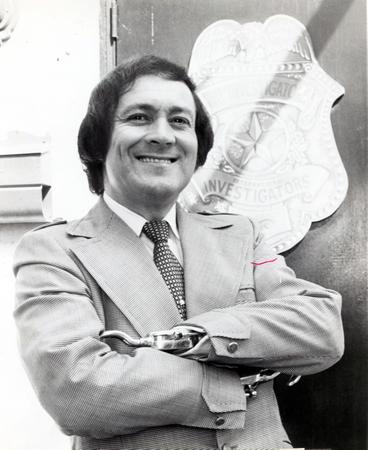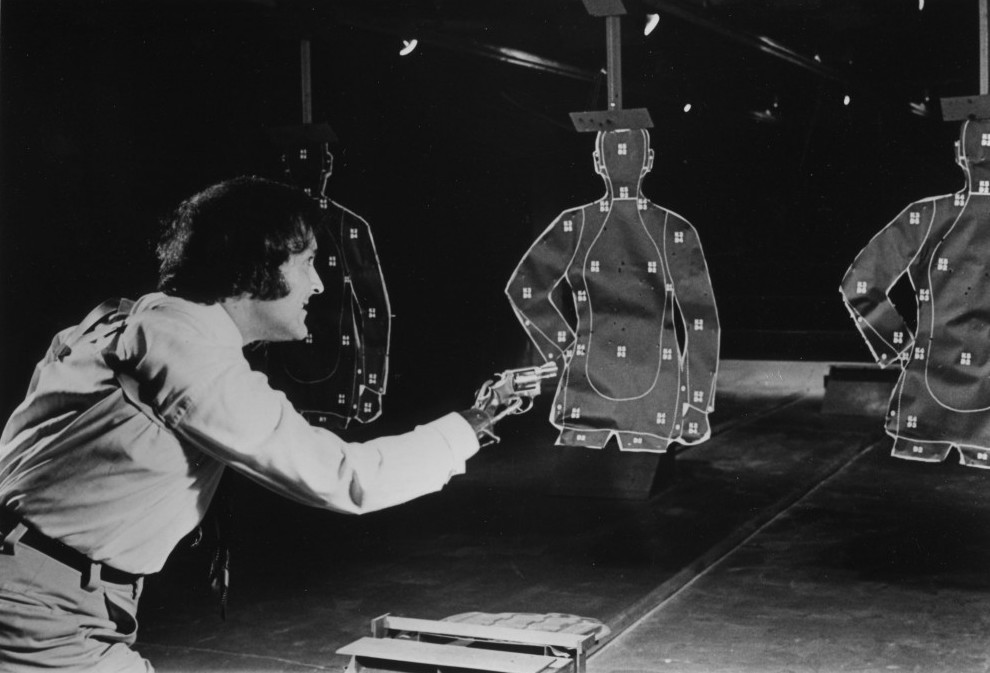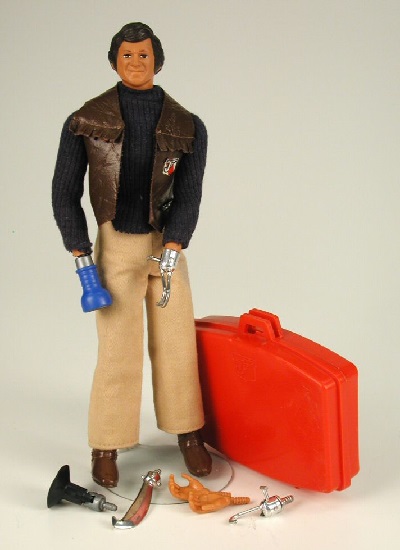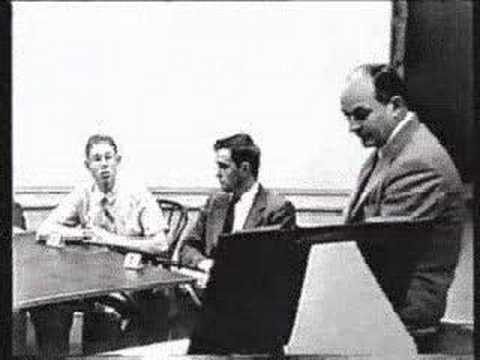Like many in postwar America, Ray Kroc found it rather easy to make money. It’s different today for the franchise, struggling in a much more competitive global economy. The typical McDonalds restaurant has half the staff it did 50 years ago, and there’s a chance that number could go much lower, owing to automation.
How much of the human element can be sacrificed from the Hospitality Industry (restaurants, hotels, etc.)? Probably a good deal, enough to hollow out staffs peopled by low-skill workers as well as novices and retirees. The push for a national $15 minimum wage (which workers dearly need) has some wondering if the process will be hastened.
From Lydia DePillis at the Washington Post:
Of course, it’s possible to imagine all kinds of dramatic productivity enhancements. Persona Pizzeria’s [Harold] Miller predicts that drone delivery systems will eventually get rid of the need to come into a restaurant at all, for example. [Middleby Corp COO Dave] Brewer has a bold prediction: He thinks that all the automation working its way into restaurants could eventually cut staffing levels in half. The remaining employees would just need to learn how to operate the machines and fix things when they break.
“You don’t want a $15-an-hour person doing something that the person who makes $7 an hour can do,” Brewer said. “It’s not downgrading the employees. It’s that the employees become managers of a bunch of different systems. They’ll become smarter and smarter.”
The value of a human touchNot everybody, however, agrees that machines could make that much of a dent in labor costs. Implementing new systems is expensive, and mistakes can be devastating. And for some concepts, it’s possible that the presence of employees is actually a restaurant’s competitive advantage. Compared with grocery stores and gas stations, many people come to restaurants exactly because they want some human interaction.•
____________________________
An industrial video from 50 years ago about AMF, which brought automation and computers to bowling, trying to make fast food even more inhuman.


